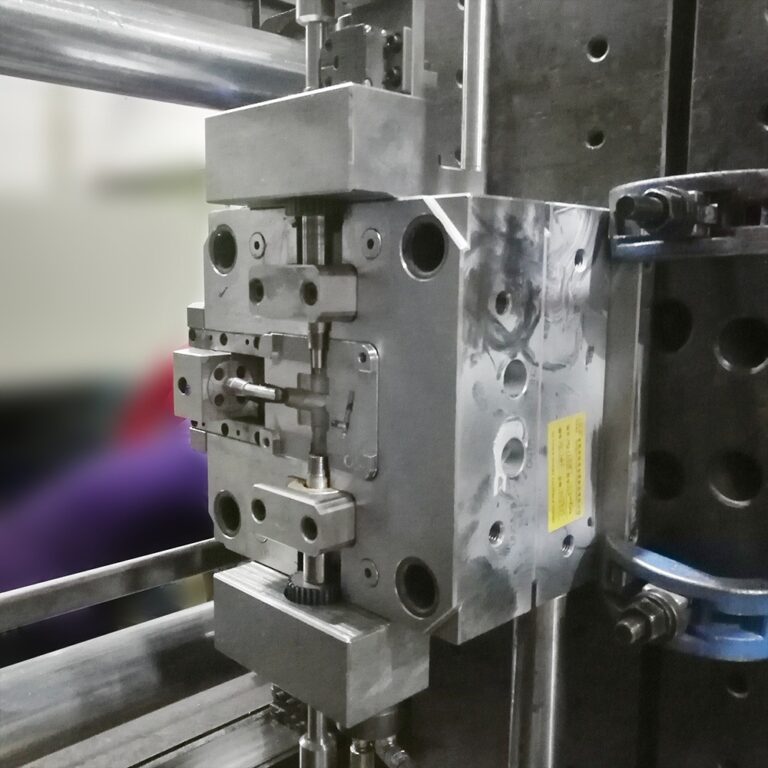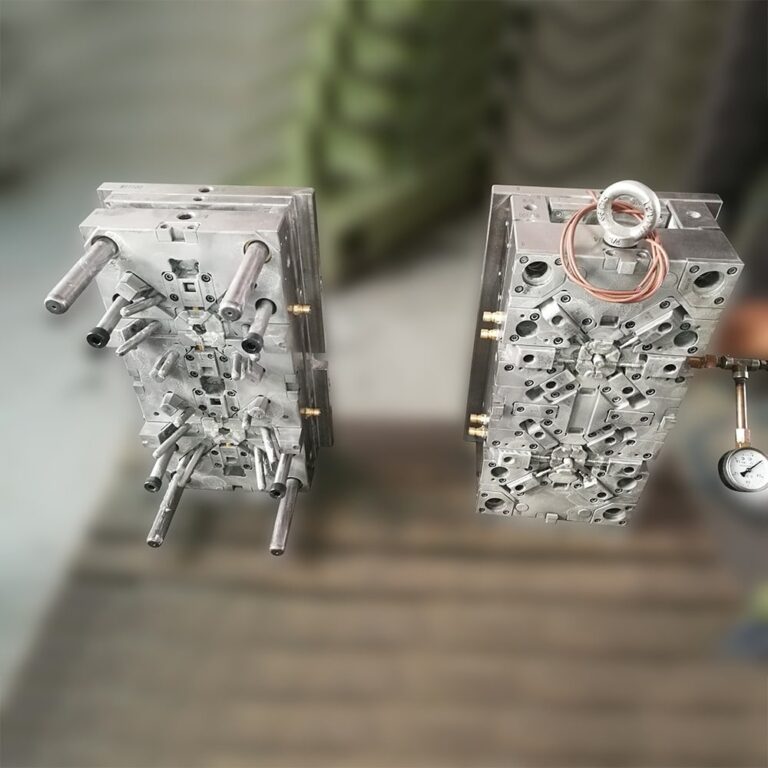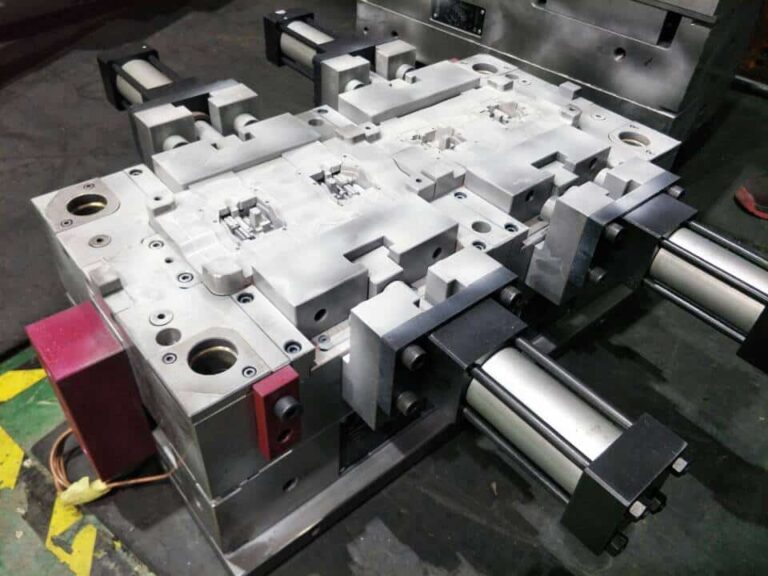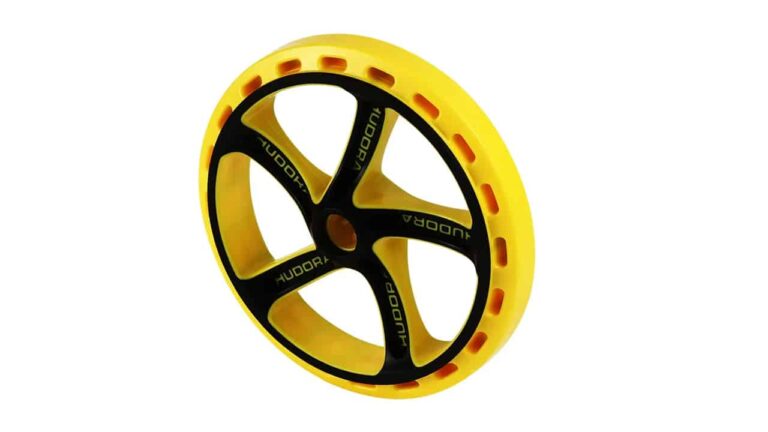Calculation method of cavity and core working size of injection molding tool
1. Radial dimensions of the cavity and core
(1) cavity radial size: injection mold cavity and core working size calculation, the basic size of the plastic part is a large size, the tolerance is negative deviation. If the original tolerance on the plastic part of the label does not match this, should be converted to one-way negative deviation according to this provision. The average radial size of the plastic part is the basic size of the cavity of the over tool is the small size injection mold and the solution loss site. After considering the average shrinkage rate, therefore, the second half of the formula available x, marked on the manufacturing tolerance, to get due to the different precision level and size of the plastic parts, therefore, the former coefficient x in the plastic parts size is larger, the accuracy level is lower, when the plastic parts size is smaller, the accuracy level is higher.
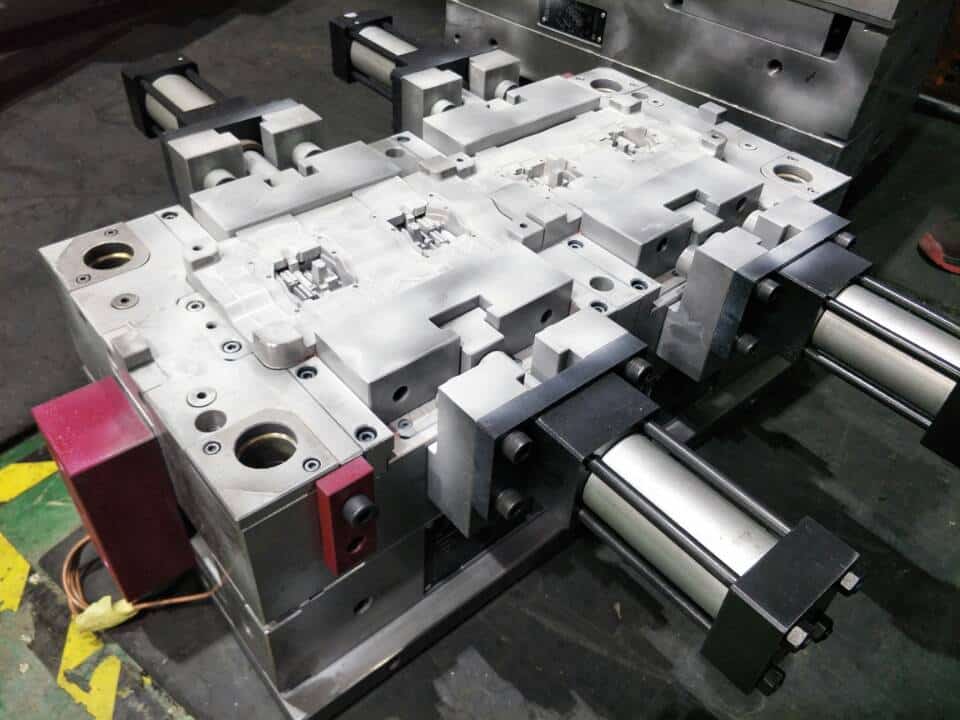
Calculation of cavity and core working size of injection molding tool
(2) core radial size: the radial basic size of the plastic part hole is a small size, its tolerance A is positive deviation, the basic size of the core l is a large size, manufacturing tolerance for negative deviation, after similar to the above cavity radial size deduction. The shrinkage rate of plastic parts with inserts is smaller than the shrinkage rate of solid plastic parts. When calculating the shrinkage value, the size of the plastic part containing the shrinkage value in the above formula should be changed to the size of the plastic part minus the size of the insert part. In order to facilitate the demolding of plastic parts, the side walls of the cavity or core should be designed with demolding slope. When the value of demolding slope is not included in the tolerance range of plastic parts, the size of the plastic part shape is only guaranteed at the big end and the size of the inner cavity is only guaranteed at the small end. In this case, the size of the cavity is calculated based on the size of the large end, and the other end is reduced according to the slope of the release; the size of the core is calculated based on the size of the small end, and the other end is increased according to the slope of the release, so that it is easy to have a margin when repairing the mold. If the use of plastic parts requires the opposite.
2. Cavity depth size and core height size
In the cavity depth and core height size calculation, because the bottom surface of the cavity or the end surface of the core wear is very small, so do not consider the amount of wear, when the size of the plastic part is large, low precision requirements to take a small value; vice versa to take a large value.
3. Middle distance size
The distance between the cavity and the core of the injection mold is called the middle distance between the tab and the groove or between the center line of the tab and the groove. Since the tolerance of the center distance on the injection mold and the center distance of the plastic part are two-way equivalent tolerances, and the result of wear does not change the center distance, the amount of wear is not considered in the calculation of the center distance. Therefore, the basic size C of the center distance of the molded part and the basic size C1 of the center distance of the molded part on the injection mold are both average sizes.
The center distance of the injection mold is determined by the center distance of the molded hole or the hole in which the core is mounted. When the hole is processed by coordinate boring machine, the deviation of hole axis position size depends on the accuracy of machine tool, and when the hole is processed by common method, the hole spacing is large, then the processing error is also large. Such as movable core and template hole for clearance fit, with clearance, will make the core in distance size fluctuations and affect the size of the middle distance of the plastic parts, plastic parts in distance error value, for a core, at this time, the accumulated error is less than the tolerance range required by the middle distance of the plastic parts.
According to the average shrinkage rate, the average manufacturing tolerance and the average wear and tear of the cavity core size has a certain error, in order to ensure that the actual size of the plastic part within the specified tolerance range, especially for the larger size and shrinkage fluctuations in the range of plastic parts, the molding size needs to be calibrated, calibrated to pass the condition is that the molding tolerance of the plastic part should be less than the size tolerance of the plastic part. The smaller the value on the left after calibration compared with the value on the right, the more reliable the size of the designed molded part. Otherwise, the injection mold manufacturing accuracy should be improved, reduce the amount of wear and tear allowed, especially the use of plastic shrinkage fluctuations to meet the requirements of the size accuracy of the plastic parts.
There are many types of threaded joints, and the nature of the fit varies. The factors affecting the threaded joint of plastic parts are complicated, and there is no unified standard for plastic threads and no mature calculation method, so it is difficult to meet the requirements of accurate plastic thread fit. The working dimension of the threaded ring belongs to the cavity type, while the working dimension of the threaded core belongs to the core type. In order to improve the threaded performance of the molded part, Dongguan Machiko Injection Molding Machine Factory has reduced the radial dimension of the threaded ring and increased the radial dimension of the threaded core. Since the thread mid-diameter is an important parameter to determine the nature of the thread fit, it determines the screwability of the thread and the reliability of the connection, so the calculation of the large, medium and small diameter of the injection mold thread is based on the tolerance of the thread mid-diameter of the plastic part.
The calculation of the working dimensions of the cavity and core of the injection molding tool is based on the large deviation of the thread tooth shape and size due to the unevenness of shrinkage and fluctuation of shrinkage rate during the plastic thread molding, which affects the thread coupling. The radial dimension of the thread core is calculated by adding Δ, instead of 0.75A, which increases the radial dimension of the inner thread of the plastic part and compensates for the deviation caused by shrinkage by increasing the radial clearance of the thread, thus improving the screwable performance of the plastic thread. In the calculation formula for the large diameter and small diameter of the thread, the threaded ring or threaded core adopts the tolerance Ap of the middle diameter of the plastic part, and the manufacturing tolerance adopts the tolerance of the middle diameter, which aims to improve the manufacturing accuracy of the injection mold, because the tolerance value of the middle diameter of the thread is always smaller than the tolerance value of the large diameter and small diameter.
In the calculation of the pitch of the threaded ring or threaded core, the pitch is calculated with irregular fractions because of the shrinkage rate of the plastic, and it is difficult to process such a special pitch. When the number of threads is large and the accumulated error of the thread pitch shrinkage is large, the shrinkage rate of the pitch must be calculated.
4.Tooth angle
If the plastic shrinks evenly, the tooth angle will not change. The tooth angle of the threaded ring or core should be made as close to the standard value as possible, 60° for metric threads and 55° for imperial threads.


